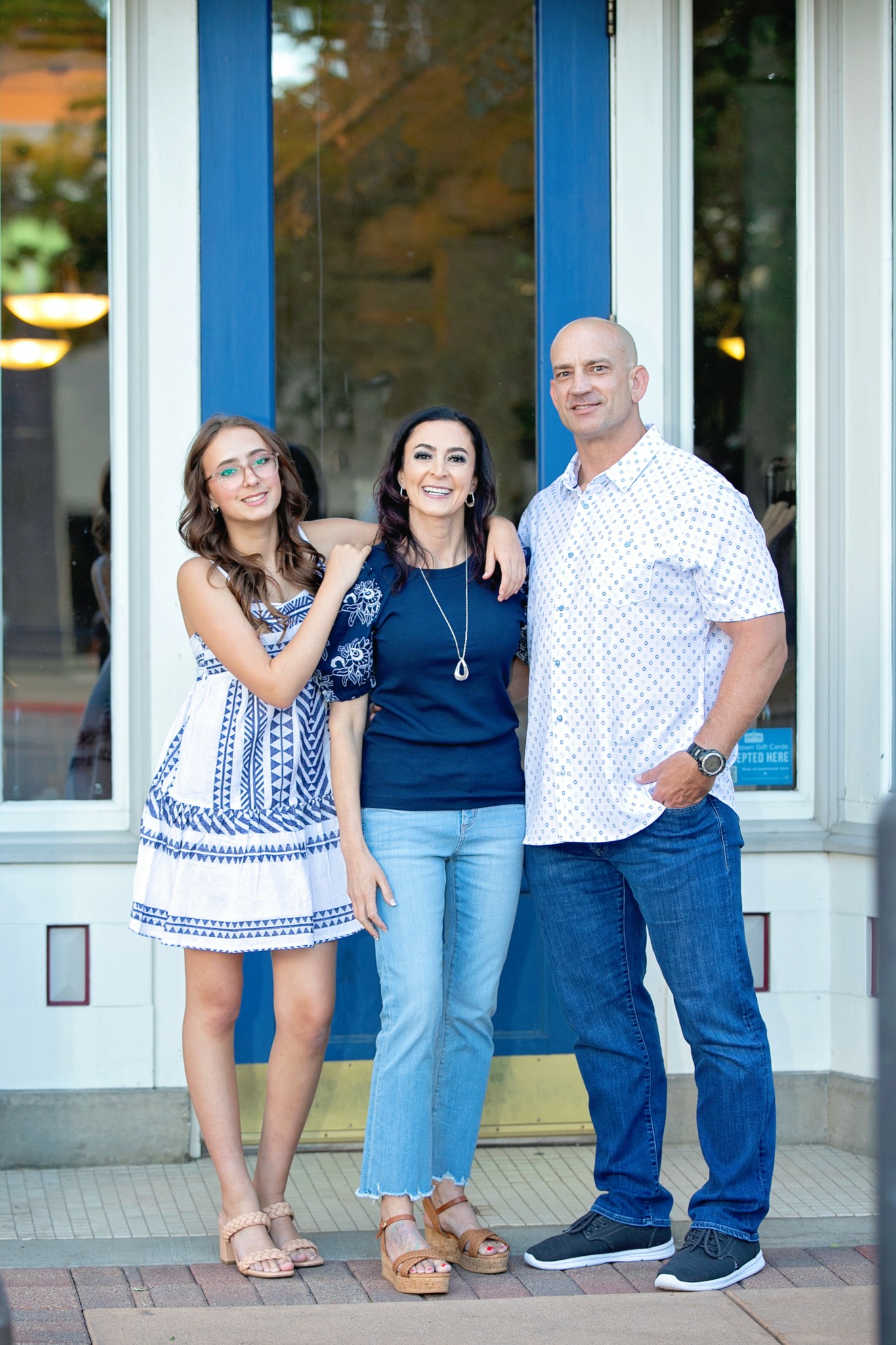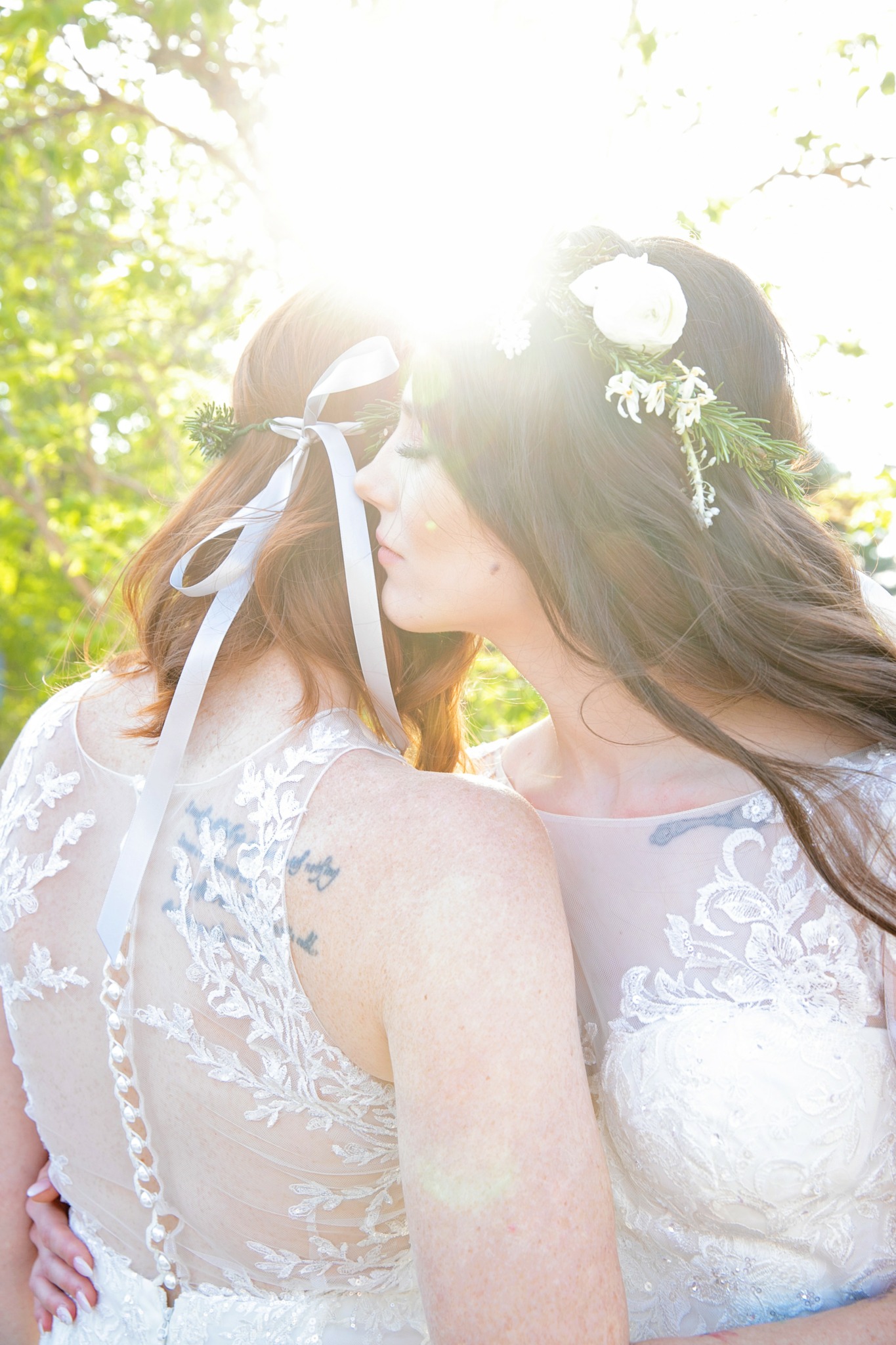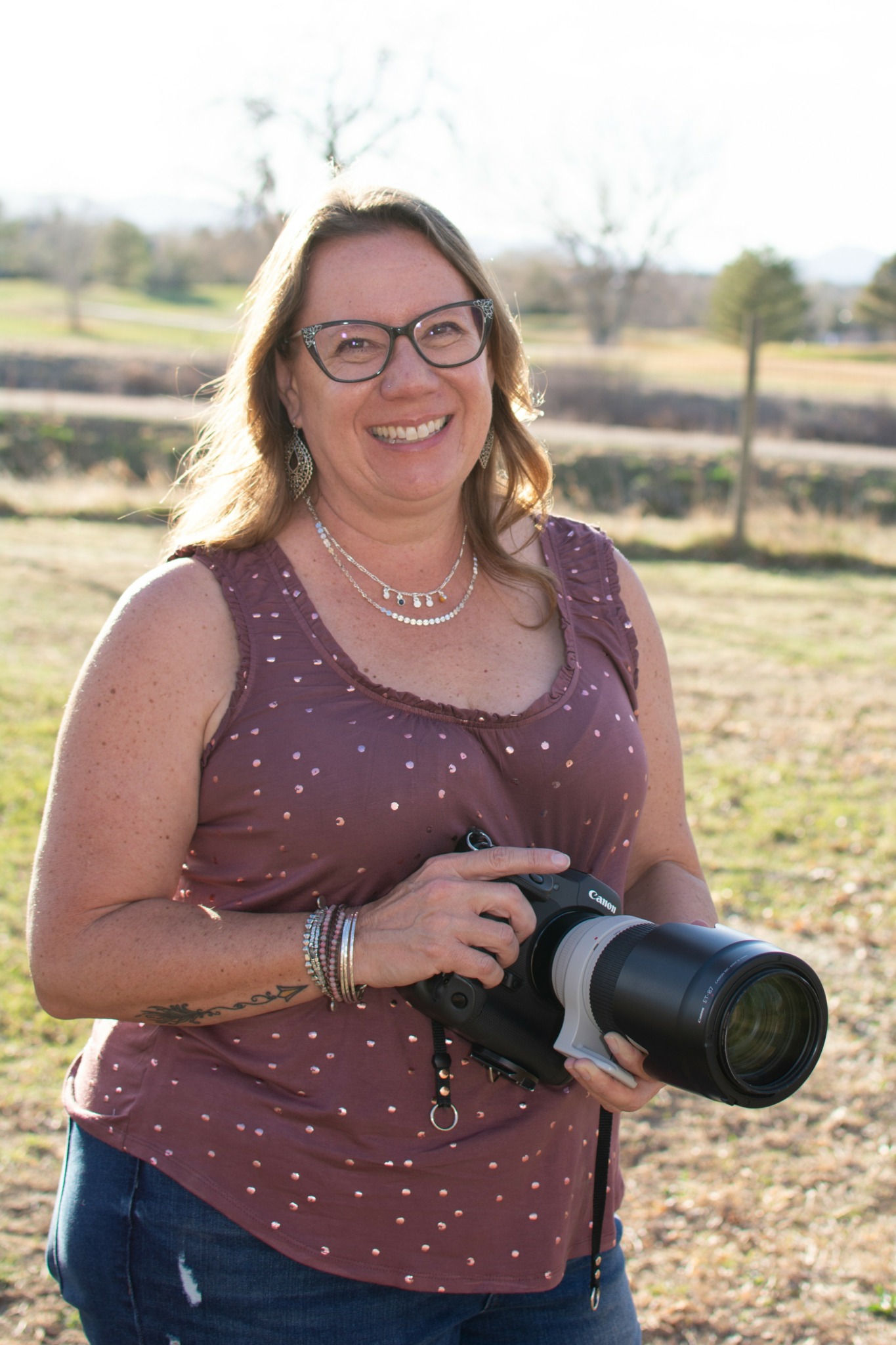We’re excited to introduce you to the always interesting and insightful Natalie Beck. We hope you’ll enjoy our conversation with Natalie below.
Natalie, looking forward to hearing all of your stories today. Learning the craft is often a unique journey from every creative – we’d love to hear about your journey and if knowing what you know now, you would have done anything differently to speed up the learning process.
I’ve been learning photography since I was a kid. I always loved when my parents handed me the camera, and I was always full of questions about how it worked, why it did what it did, what would happen if I did this or this or this… In college, I started taking photography classes just for fun, but before long, I had enough credits to major in it—I was just missing the other required art courses. Instead of changing my major, I finished my BA in English and later went on to earn a Master’s degree that combined both English and Photography. Since then, I’ve continued to take classes, as well as teach, and I honestly don’t think I’ll ever be “done” learning photography.
The biggest way I’ve learned is simply by doing—and then doing some more. I’ve gained just as much from my failures as from my successes. Pushing myself to keep going after mistakes has been one of the greatest teachers. At the same time, celebrating successes—rather than dismissing them—has been equally important. Acknowledging those wins is part of growth and knowing your own worth as an artist.
Looking back, what could have sped up my learning process would have been developing confidence in myself earlier. The most essential skills I’ve learned aren’t necessarily technical ones, but personal: self-worth, recognizing my style, and owning who I am. As an artist, it’s vulnerable to share your work. Hearing both criticism and praise can be challenging because you know every part of the process—where you struggled and where things came easily. Learning to receive feedback without immediately defending or explaining myself has been a huge growth area, and it’s only possible because of that foundation of self-worth and clarity in my own style.


Natalie, before we move on to more of these sorts of questions, can you take some time to bring our readers up to speed on you and what you do?
Like I mentioned, I first started taking photography classes in college just for fun. When I graduated with my Master’s, I thought I’d take a break from creating—college had left my creative brain completely exhausted! I didn’t want to stop photographing altogether, but I needed a pause from being the main creator, producer, and thinker of fine art images. That’s when I began working as an assistant for a few professional wedding and portrait photographers. Very quickly, I discovered that weddings and portraits were not only fun and spontaneous, but they also reignited the same joy I felt when I first picked up a camera as a kid.
After a few years of learning from other photographers, I launched my own business. What I loved most was creating images for my clients that exceeded their expectations. For me, photography is about connection—I take the time to really get to know the people I’m photographing. I don’t believe in forcing a conservative individual into an over-the-top pose or making a relaxed family do stiff, formal portraits. My goal is always to capture who people truly are. I want my clients to be able to hang their portraits in their home and immediately feel, “Yes—that’s us. That’s who we are.”
What sets me apart is that I value authenticity over trends. I’m most proud when clients feel comfortable enough to ask, “Can we do this?”—even if it’s outside the box. That kind of bravery inspires me, and honestly, it’s my favorite part of the job. Over the years I’ve photographed astronauts, hilarious “awkward family photos” complete with tennis rackets and short shorts, ice cream nights, pillow fights, rainy day walks, and everything in between. Those sessions—whether tender, silly, or bold—are always the most meaningful because they reflect real life and real people.
At the heart of my brand is this belief: photography should be a celebration of individuality. I want clients and followers to know that when they work with me, they’re not just getting photos—they’re getting images that honor who they are, in all their uniqueness.


Looking back, are there any resources you wish you knew about earlier in your creative journey?
I wish I had realized earlier that other artists themselves are such valuable resources. So many are willing to share their experiences—they’re often overflowing with advice, stories, and lessons they’ve learned along the way. Connecting with fellow artists not only provides encouragement and perspective, but it also opens doors to opportunities you may not have found on your own. Often, those same artists know about incredible organizations to join—groups that help you get your work out into the world, give back to the community, and become part of the larger creative conversation.


In your view, what can society to do to best support artists, creatives and a thriving creative ecosystem?
I believe society could better support artists and creatives by making art history a larger part of public education. Every piece of art is shaped by the time period in which it was created—it’s a mirror reflecting how people felt about the world around them. Art offers us a way to understand history and human experience in a form that is often easier to connect with and absorb. It also invites a sense of mystery, encouraging viewers to think differently, ask questions, and stretch their imaginations. If this kind of learning were emphasized more in schools, I think we would see stronger critical thinking skills, deeper empathy, and a better understanding of ourselves and others.
But education isn’t the only avenue. Society can also support creatives by showing up—attending local exhibits, buying artwork, hiring local photographers, supporting performances, and sharing about artists they love. Financial and emotional support both matter. Creatives often pour themselves into their work, and knowing that their community values and invests in that effort can make all the difference. Public art projects, grants, and community programs are also incredible ways to give artists visibility and sustainability. Even just following artists on social media platforms and engaging with them. Small gestures can have big impacts.
Right now, sports often dominate after-school activities, and while athletics are important, not every child thrives in that environment. There are so many different types of personalities, and creative kids deserve the same level of support and celebration. If we start investing in them when they’re young—through art programs, opportunities, and recognition—they’ll grow up valuing creativity as the superpower it truly is.
Contact Info:
- Website: https://www.nataliebeckphotography.com
- Instagram: https://instagram.com/natalie_beck_photography
- Facebook: https://www.facebook.com/Natalie.Beck.Photography
- Linkedin: https://www.linkedin.com/in/natalie-beck-4a537517


Image Credits
Headshot taken by Artiste Photography


